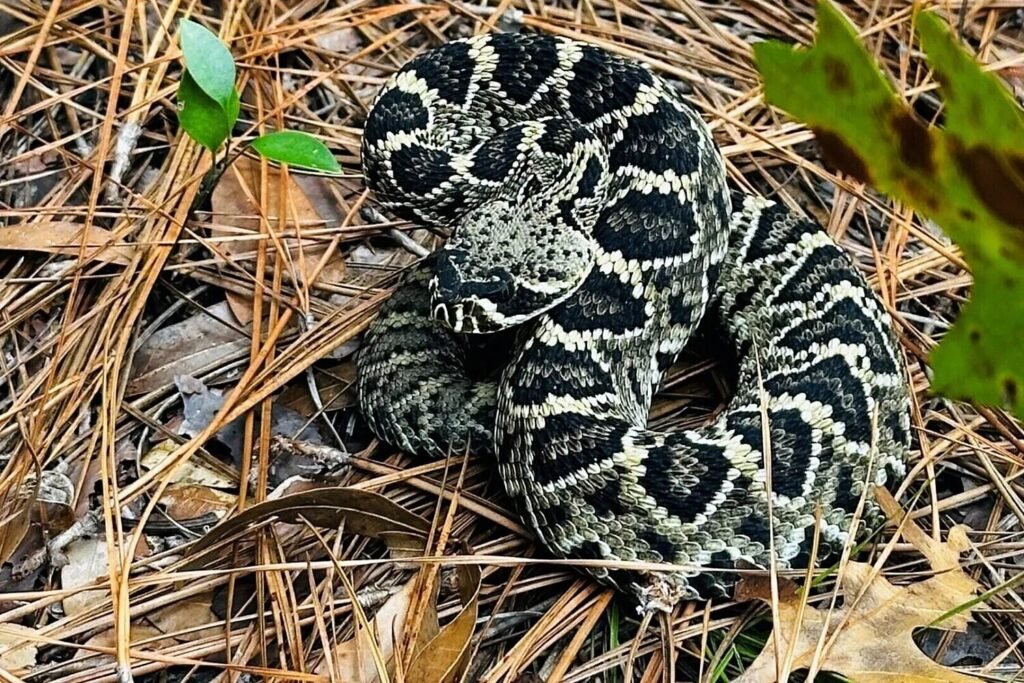Venomous snakes are a threat that most people hope to never encounter. A recent study conducted by researchers at the University of Florida Health sheds light on the dangers of snakebites and the importance of prevention. The study, which analyzed 20 years of snakebite cases at UF Health Shands Hospital in Gainesville, revealed some startling findings.
According to the study, a third of the snakebites analyzed were preventable and caused by people intentionally engaging with wild snakes. This highlights the importance of avoiding interactions with venomous snakes in the first place. Most of the snakebites occurred in adult men while they were handling wild snakes, with the pygmy rattlesnake and cottonmouth being the most common culprits. Surprisingly, other less common species such as the eastern coral snake, southern copperhead, timber rattlesnake, and the eastern diamondback rattlesnake were also responsible for bites.
Patients who were bitten often attempted outdated self-treatments, such as sucking out the venom, which are no longer recommended by medical professionals. It typically took victims over an hour to seek medical help after being bitten, often underestimating the severity of the bite. While most snakebites were not fatal thanks to timely medical care, complications such as tissue damage and allergic reactions to antivenom can still occur.
The study, initially started as a medical student research project, aimed to delve deep into the circumstances of each snakebite encounter and improve treatment outcomes. Fourth-year medical student River Grace, the paper’s first author, emphasized the importance of educating healthcare providers on identifying and administering antivenom quickly and safely.
In conclusion, the study highlights the need for better education and awareness surrounding snakebites, as well as the importance of prompt medical treatment. By understanding the risks associated with venomous snakes and taking preventative measures to avoid encounters, individuals can reduce the likelihood of being bitten. Ultimately, knowledge and preparedness are key in mitigating the dangers posed by these reptilian neighbors.


